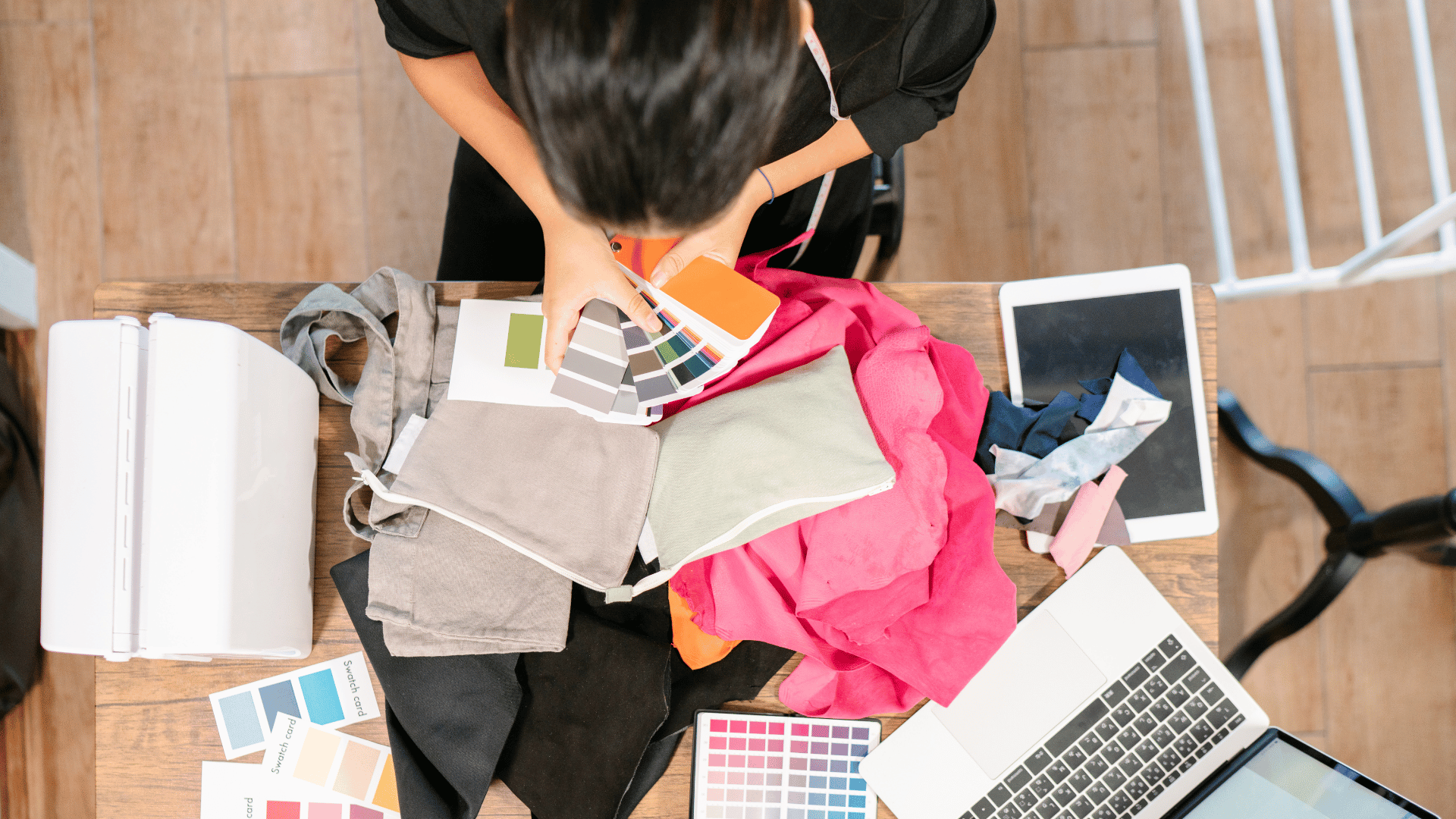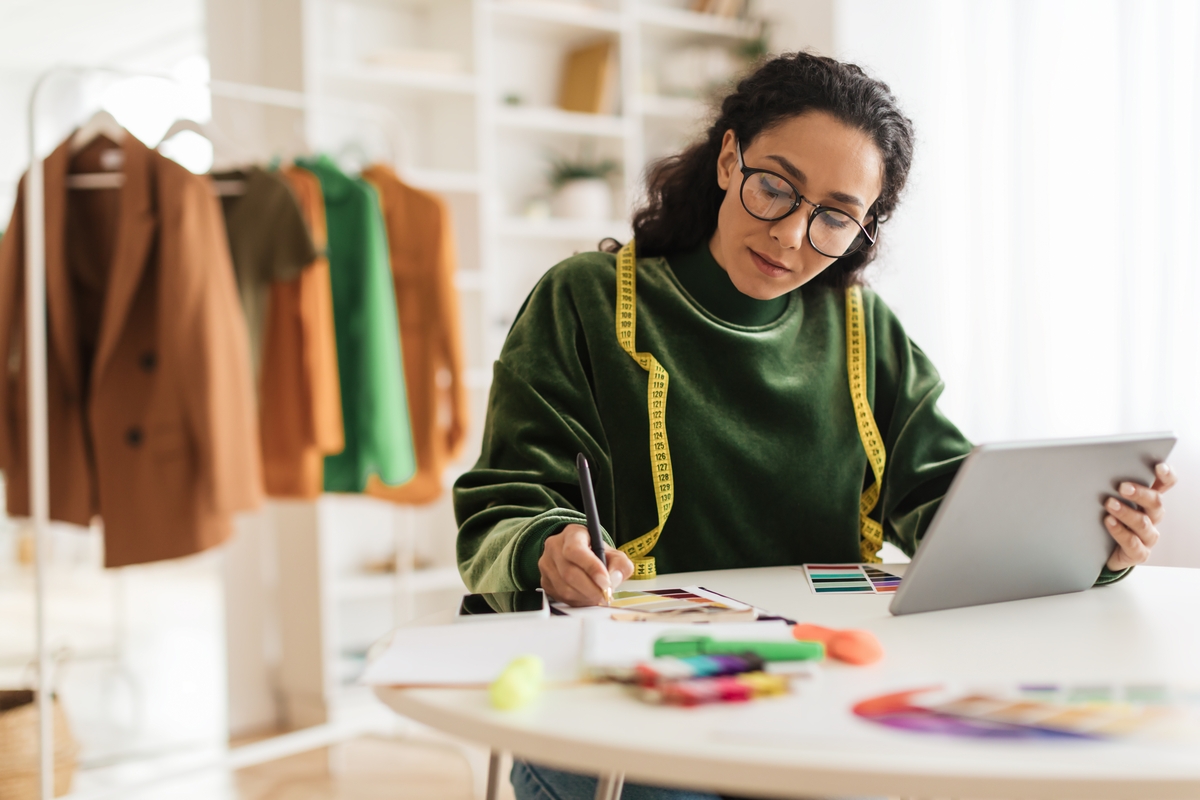PBR texturing, or physically based rendering texturing, is a technique used in the 3D industry to create more realistic and accurate textures for models. This method simulates how light interacts with surfaces in the real world, resulting in more lifelike and visually appealing digital assets.
Whether you are a beginner looking to learn the basics of PBR texturing or a seasoned professional aiming to enhance your skills, this article will provide you with valuable insights and tips to master PBR texturing techniques effectively.
Understanding the Basics of PBR Texturing
Before trying advanced PBR texturing techniques, it is crucial to have a solid understanding of the basics. PBR texturing is based on the principles of physics, focusing on how light interacts with different materials and surfaces. By accurately replicating these interactions, artists can achieve a high level of realism in their 3D models.
One of the key components of PBR texturing is the use of textures such as albedo, roughness, metallic, and normal maps. These textures define various properties of the material, such as its color, surface roughness, metallic sheen, and surface details. By manipulating these textures effectively, artists can create highly detailed and realistic materials in their 3D renders.
Choosing the Right Software and Tools
When it comes to PBR texturing, choosing the right software and tools can significantly impact the quality of your work. Several industry-standard software programs like Substance Painter, Quixel Mixer, and Mari are widely used for PBR texturing. These tools offer a range of features and functionalities that streamline the texturing process and allow artists to achieve stunning results.
Moreover, utilizing plugins and scripts can enhance your workflow and productivity when working on PBR textures. Plugins like Substance Source and Megascans provide access to a vast library of high-quality materials and textures, saving artists time and effort in creating custom textures from scratch. By incorporating these tools into your workflow, you can expedite the texturing process and focus on unleashing your creativity.
How To Be Proficient in PBR Texturing Techniques
To master PBR texturing techniques, artists must pay attention to detail and strive for realism in their textures. Here are some tips and tricks to help you elevate your PBR texturing skills:
- Study Real-World Materials: Observing and analyzing real-world materials is essential for creating convincing textures in your 3D models. Pay attention to how light interacts with different surfaces and textures, and try to replicate these effects in your digital creations.
- Experiment with Different Maps: Utilize a variety of texture maps, including albedo, roughness, metallic, and normal maps, to add depth and detail to your materials. Experimenting with different map combinations can help you achieve a more realistic and visually appealing result.
- Use Reference Images: Referencing images of real-world materials can provide valuable insights into texture details and color variations. By studying reference images, you can enhance the authenticity of your PBR textures and create more accurate representations of materials.
- Practice Shader Programming: Understanding shader programming can give you more control over how your materials interact with light in a 3D environment. By experimenting with shader code, you can customize the look and feel of your textures and achieve unique visual effects.
- Stay Updated on Industry Trends: The 3D industry is constantly evolving, with new techniques and technologies emerging regularly. Stay informed about the latest trends in PBR texturing and incorporate innovative approaches into your workflow to stay ahead of the curve.
By incorporating these tips and techniques into your PBR texturing workflow, you can enhance the quality and realism of your 3D models and create visually stunning assets that captivate audiences.
Exploring Career Opportunities in PBR Texturing
As a professional in the 3D industry proficient in PBR texturing techniques, you can explore a wide range of career opportunities across various sectors. Here are some of the top job roles that require expertise in PBR texturing:
- Texture Artist: Texture artists are responsible for creating high-quality textures for 3D models, ensuring that they are visually appealing and realistic. They work closely with modelers and lighting artists to achieve the desired look and feel of digital assets.
- Environment Artist: Environment artists specialize in creating immersive and detailed environments for video games, films, and animations. They use PBR texturing techniques to texture landscapes, buildings, and props, bringing virtual worlds to life.
- Character Artist: Character artists focus on creating realistic and expressive characters for games, films, and animations. They use PBR texturing to add lifelike details and textures to characters, enhancing their visual appeal and emotional impact.
- Technical Artist: Technical artists bridge the gap between art and technology in the 3D industry, supporting artists and developers in implementing PBR texturing techniques effectively. They optimize workflows, develop tools, and troubleshoot technical issues to enhance the overall quality of digital assets.
- 3D Generalist: 3D generalists are versatile artists who possess skills in various aspects of 3D production, including modeling, texturing, lighting, and rendering. Proficiency in PBR texturing techniques allows 3D generalists to create cohesive and visually stunning assets for a wide range of projects.
By pursuing a career in PBR texturing, you can leverage your skills and expertise to secure rewarding positions in the 3D industry and contribute to the creation of immersive and captivating digital experiences.
Conclusion
In the fast-paced and competitive world of 3D production, mastering PBR texturing techniques is essential for artists looking to create high-quality and visually appealing digital assets. By understanding the principles of PBR texturing, choosing the right software and tools, and honing your skills through practice and experimentation, you can elevate your work to new heights and unlock exciting career opportunities in the industry.
Key Takeaways
- PBR texturing is a crucial technique in the 3D industry for creating realistic textures.
- Understanding the basics and using the right software/tools are essential for mastering PBR texturing.
- Tips like studying real-world materials, experimenting with different maps, and staying updated on industry trends can enhance your skills.
- Career opportunities in PBR texturing include roles like texture artist, environment artist, character artist, technical artist, and 3D generalist.
To further enhance your skills and advance your career in PBR texturing, consider enrolling in the Yellowbrick online course “NYU Animation Industry Essentials.” This comprehensive program can provide you with valuable insights and practical knowledge to excel in the dynamic world of 3D production.








